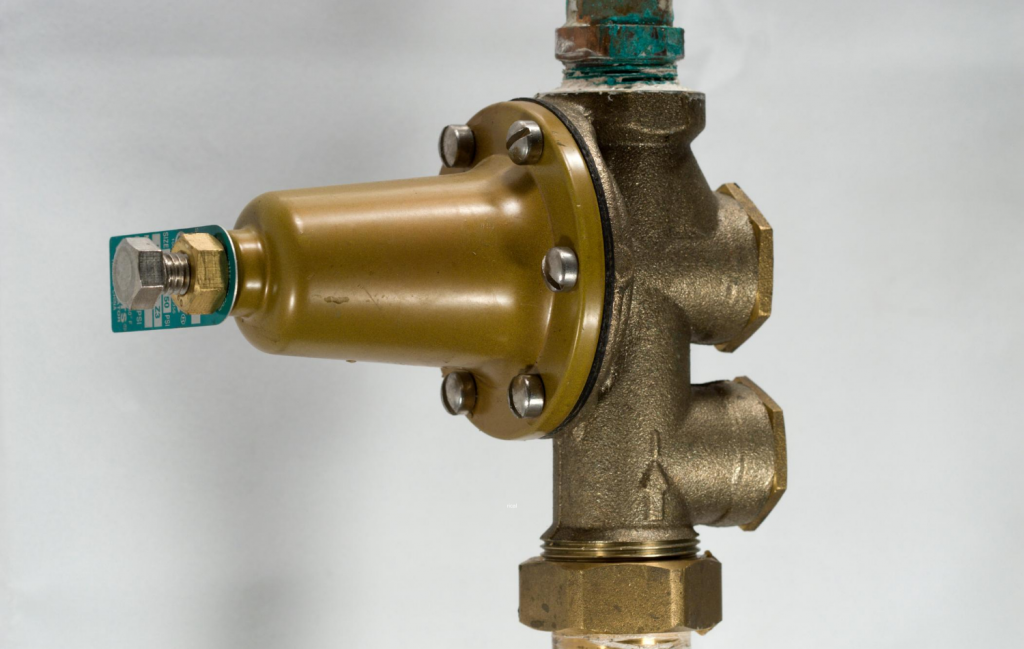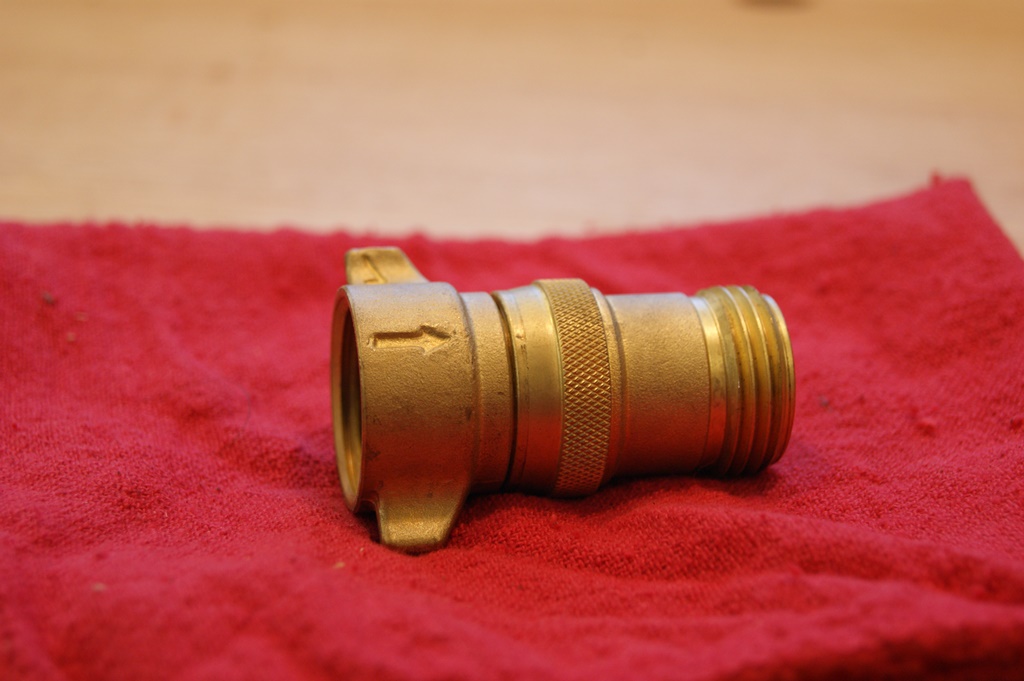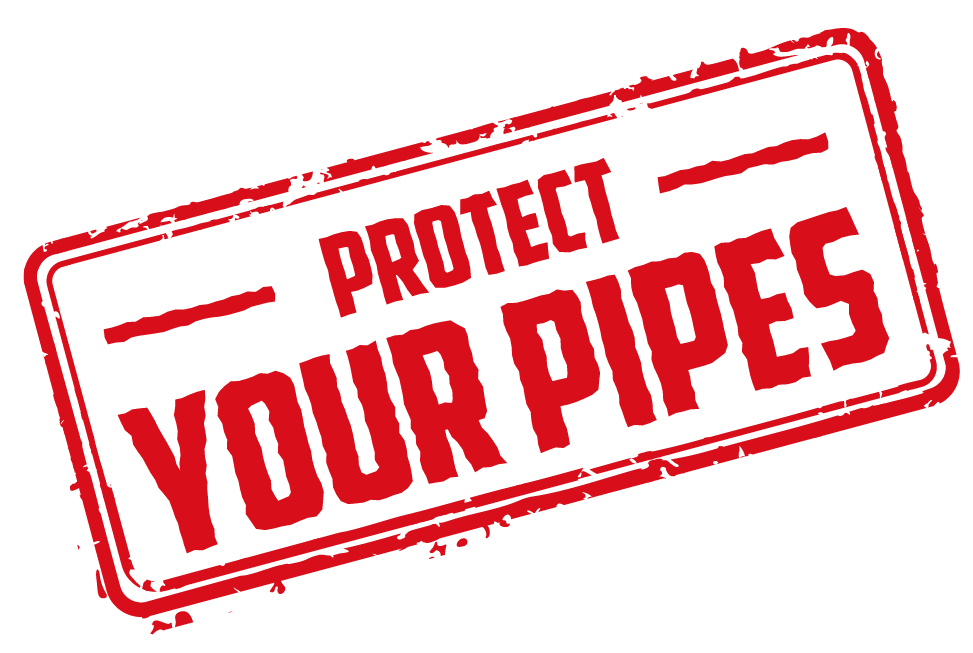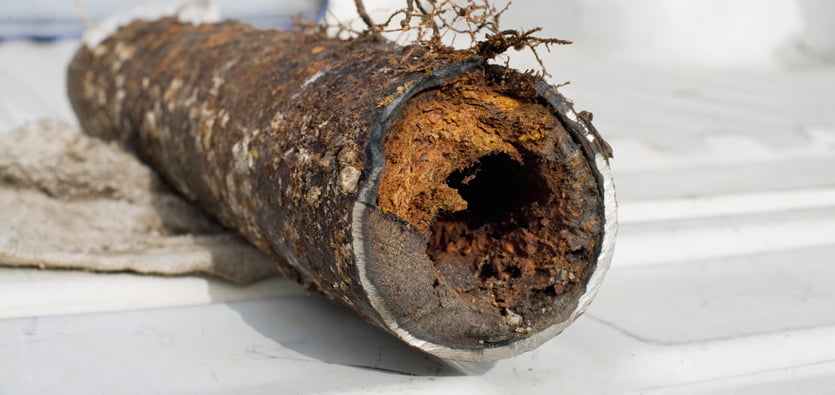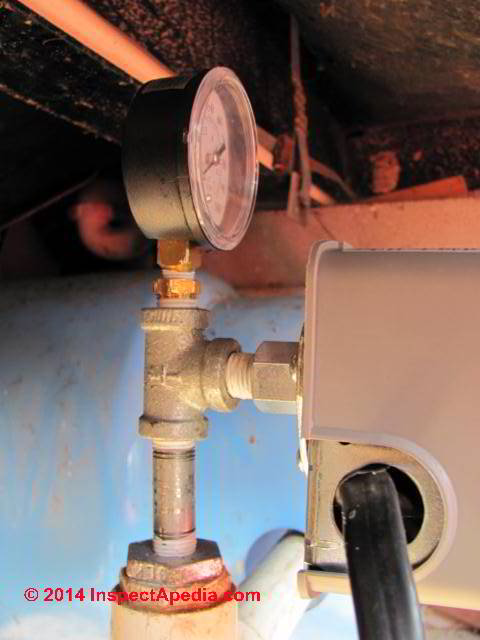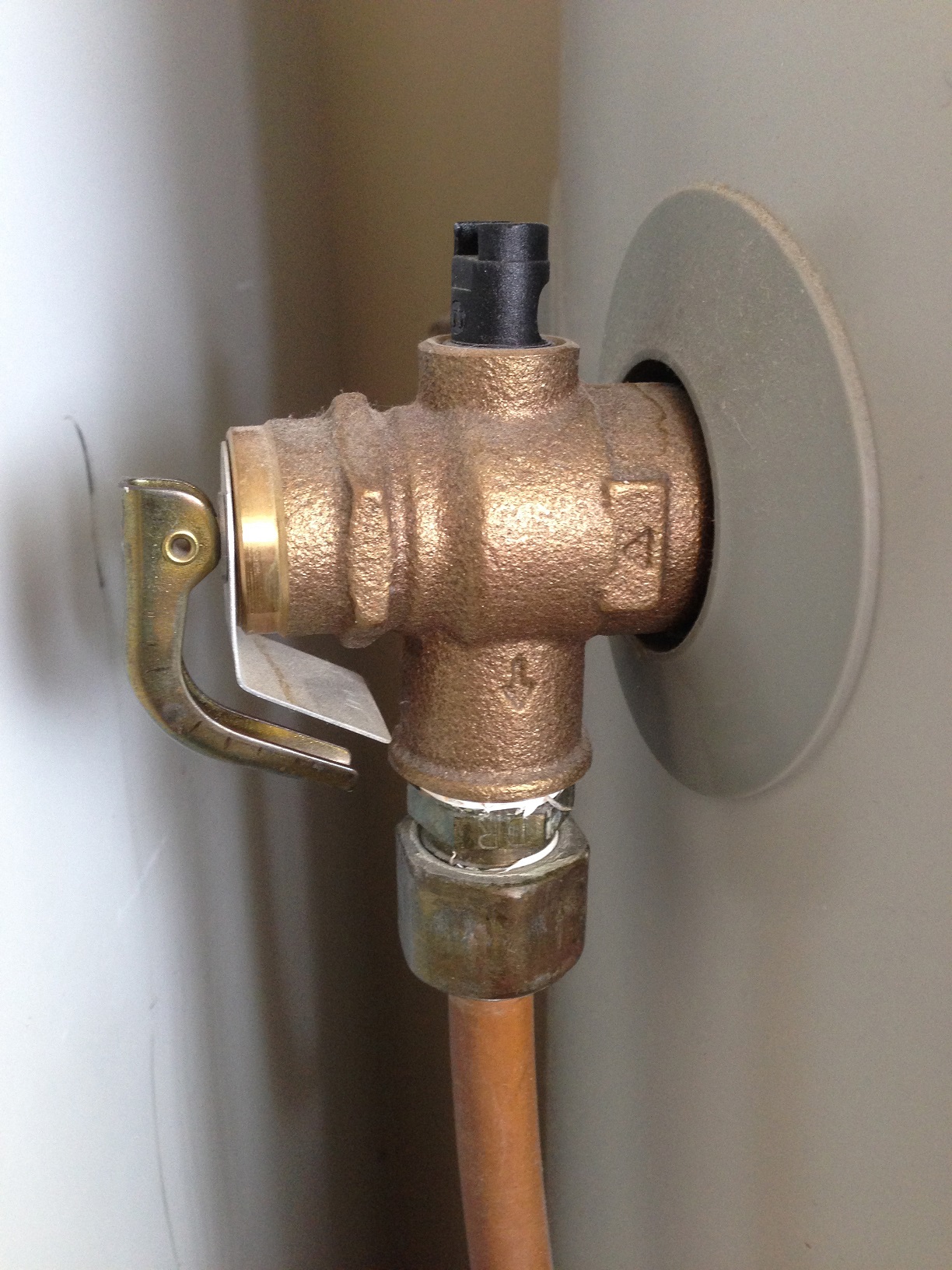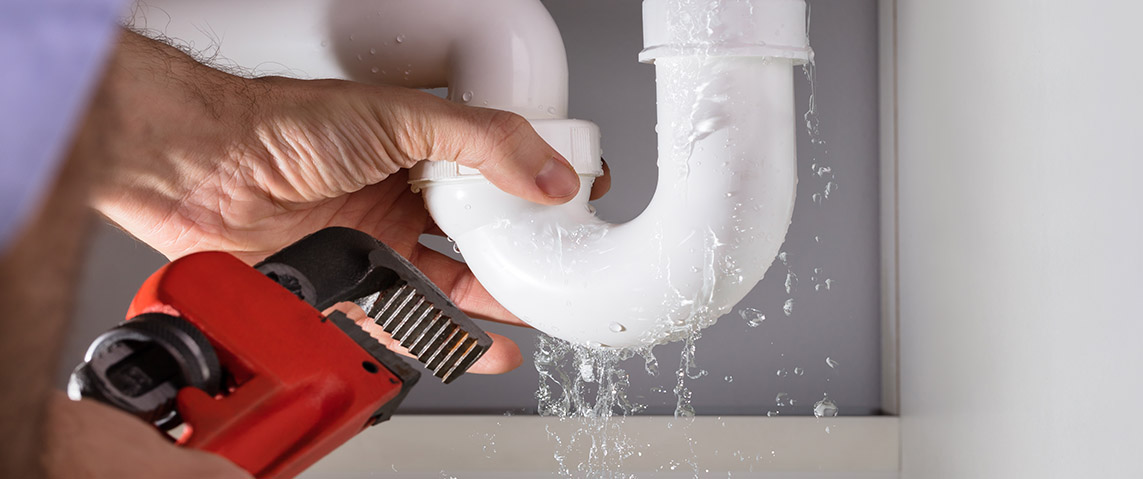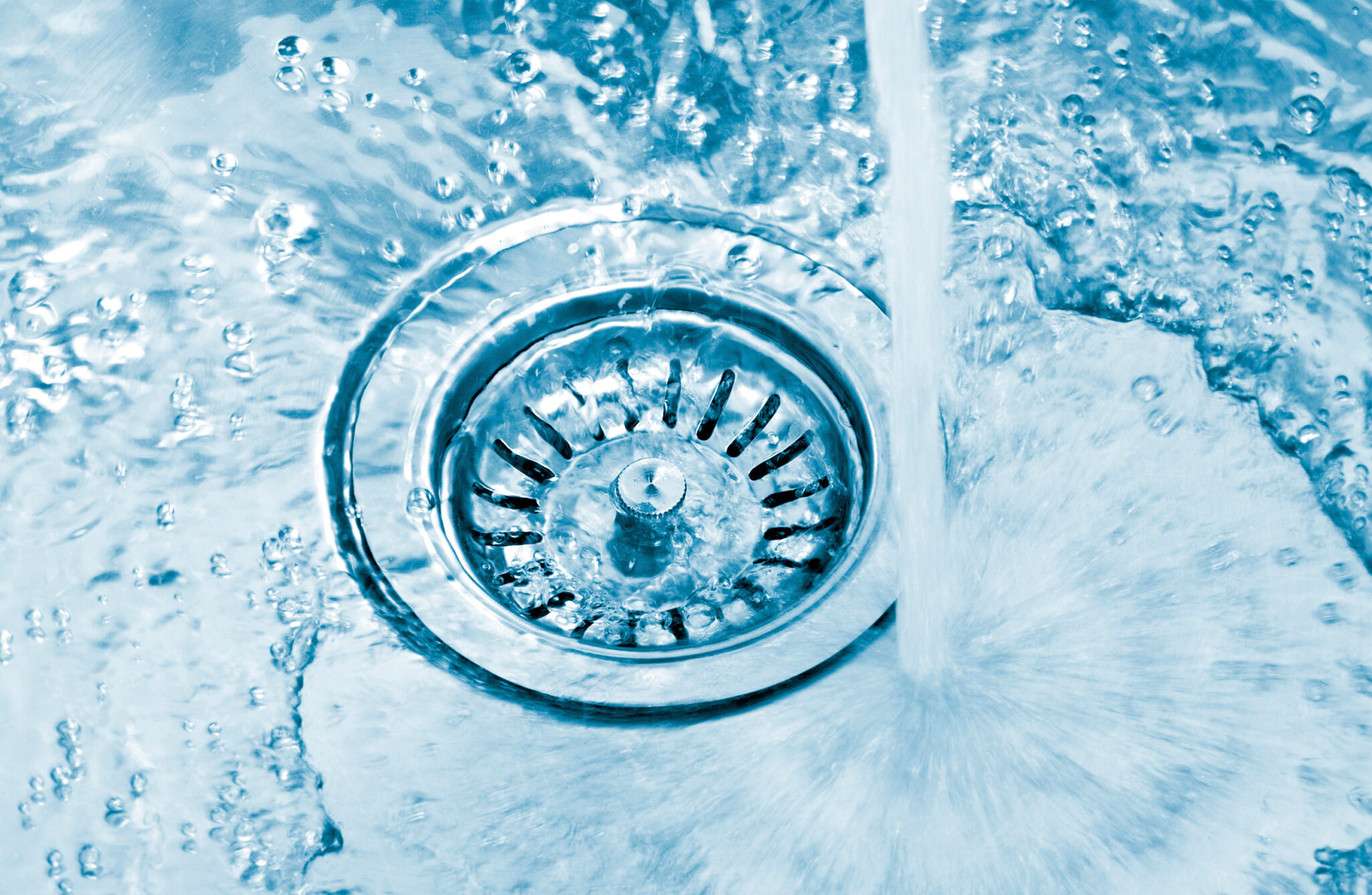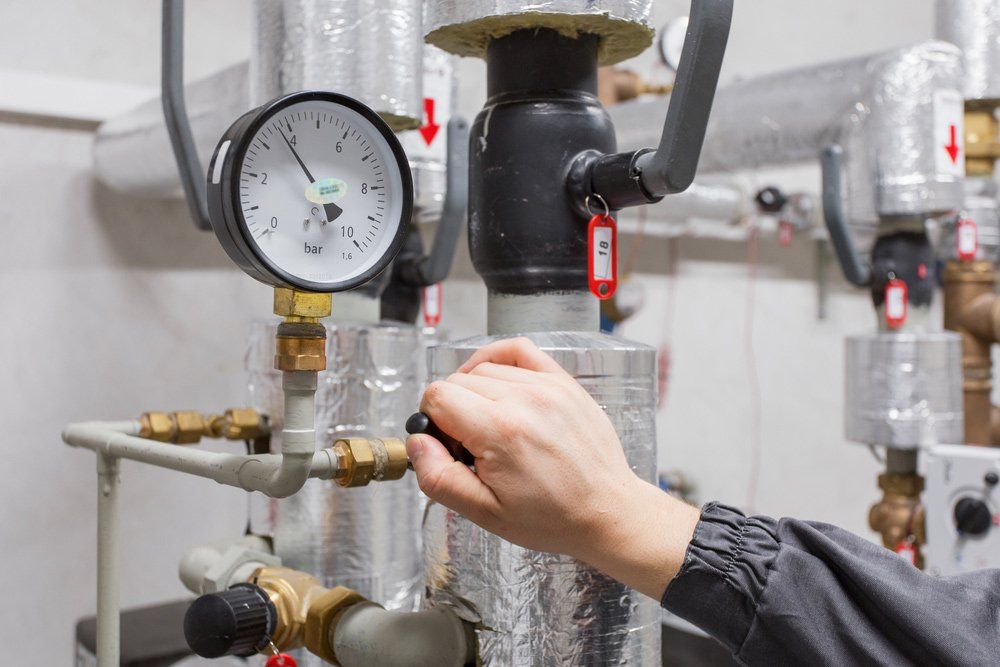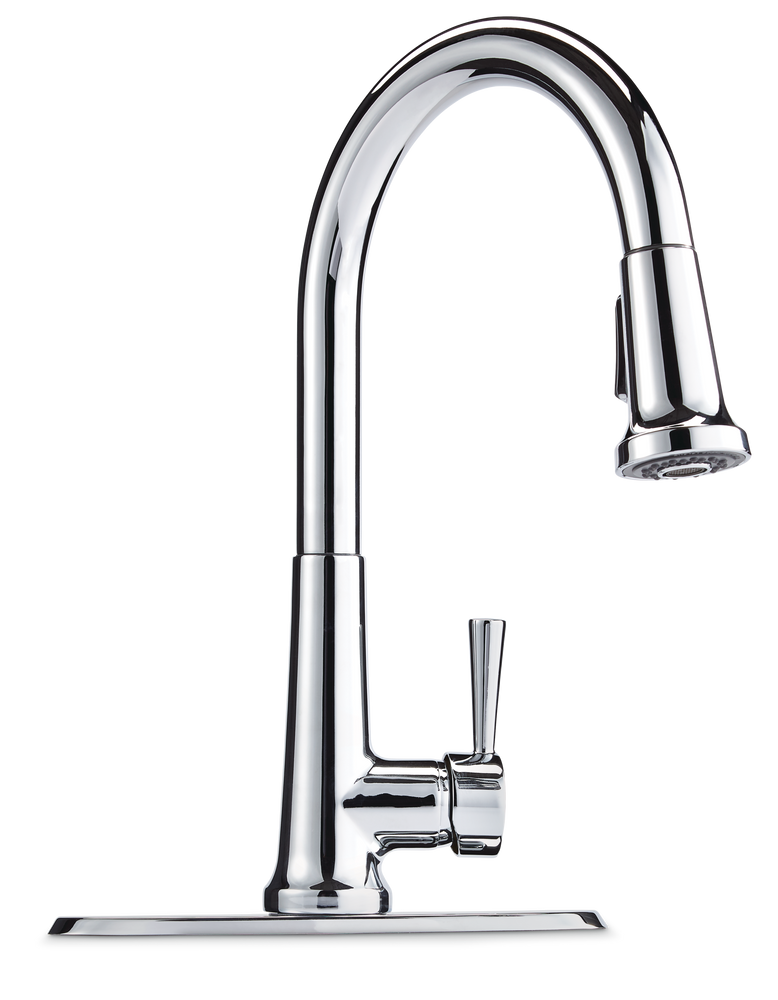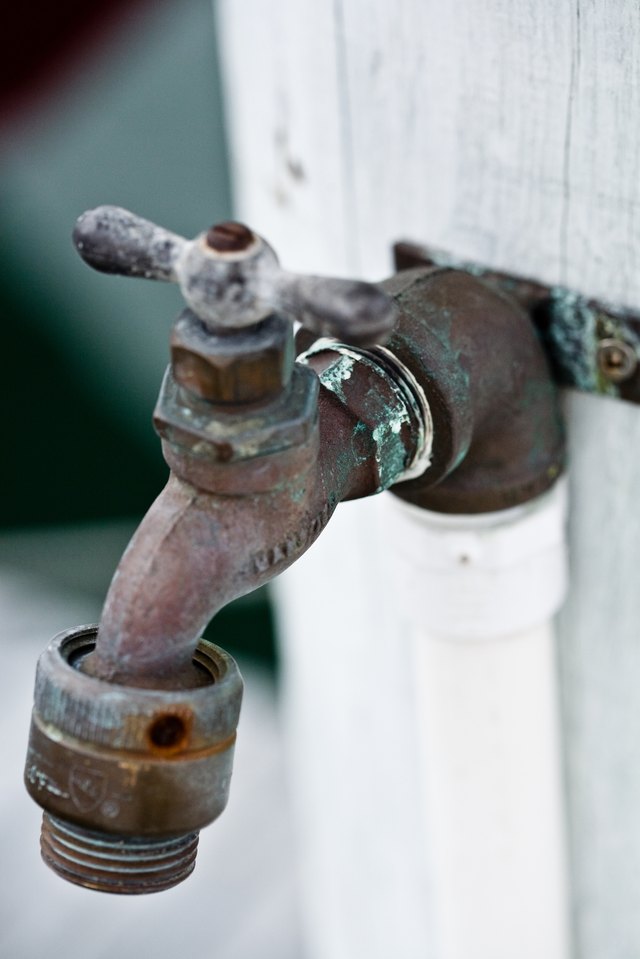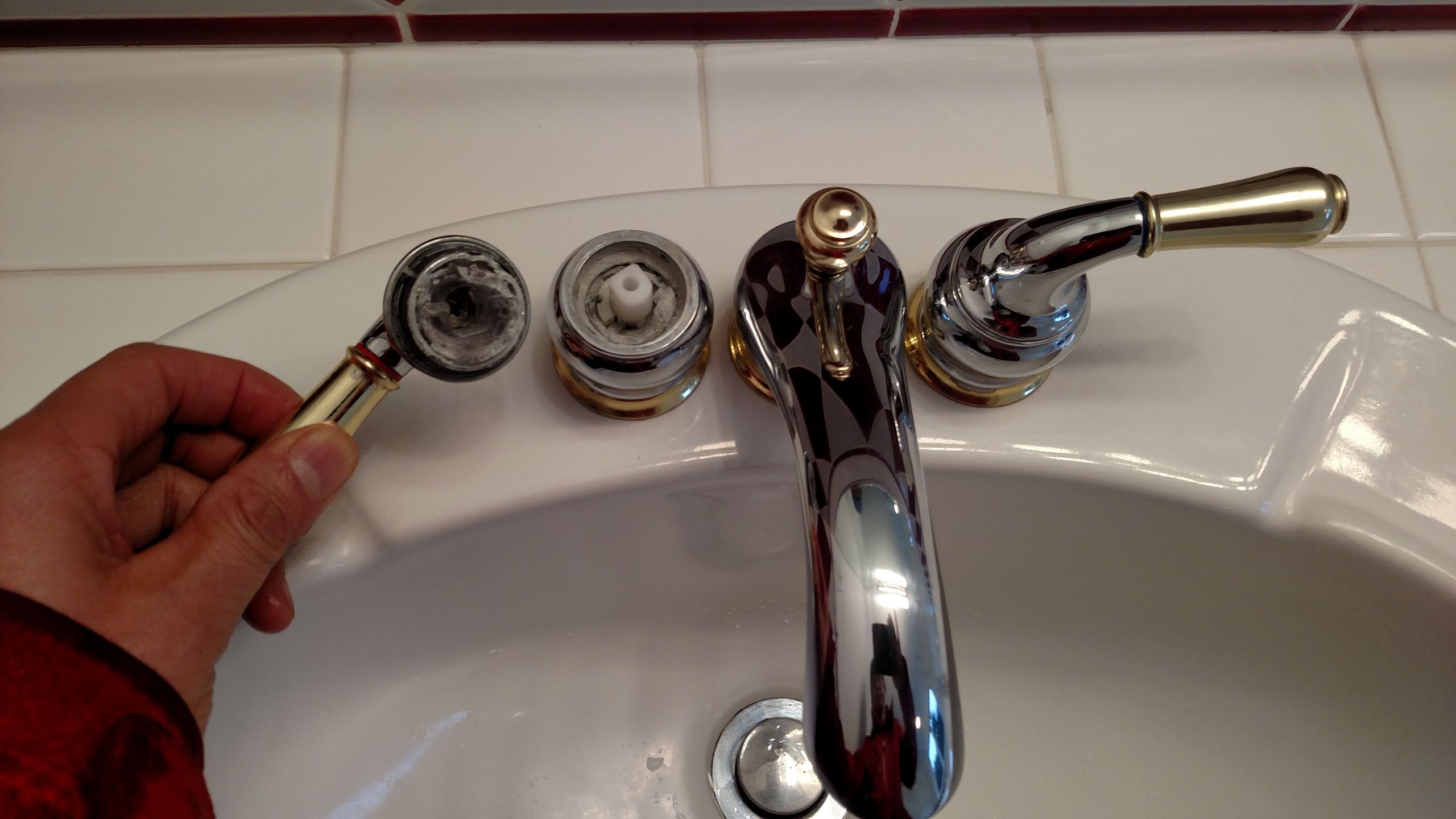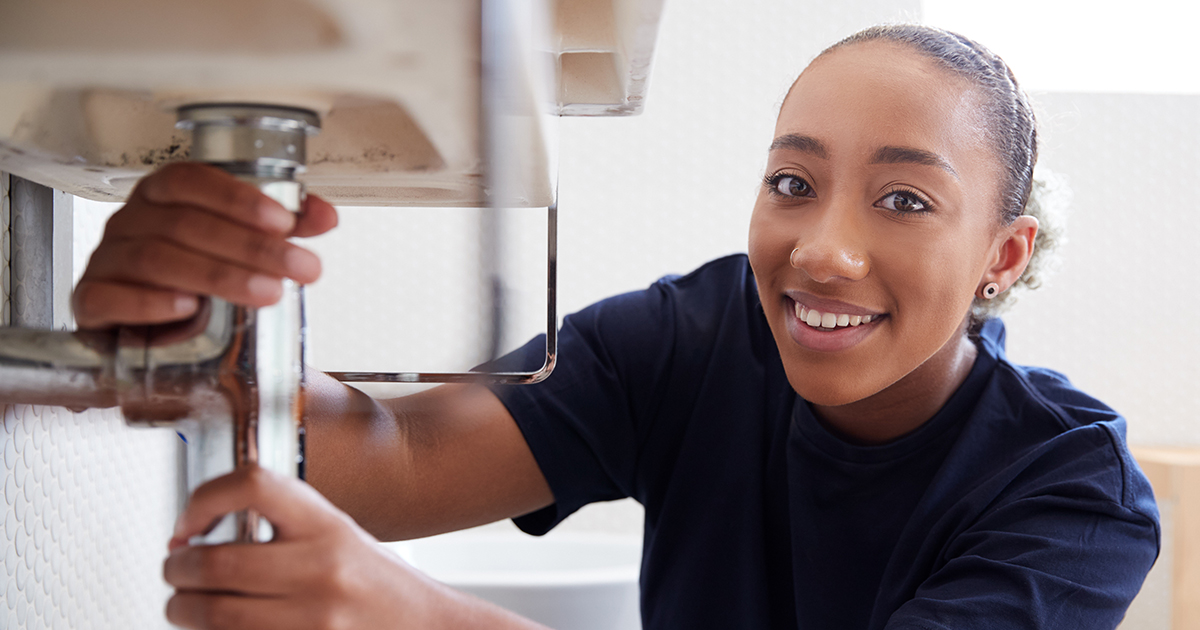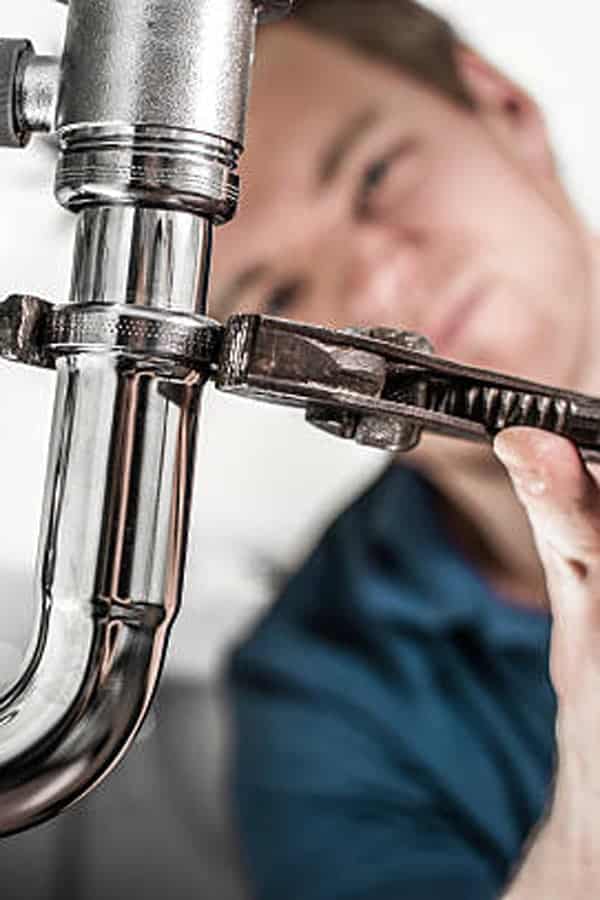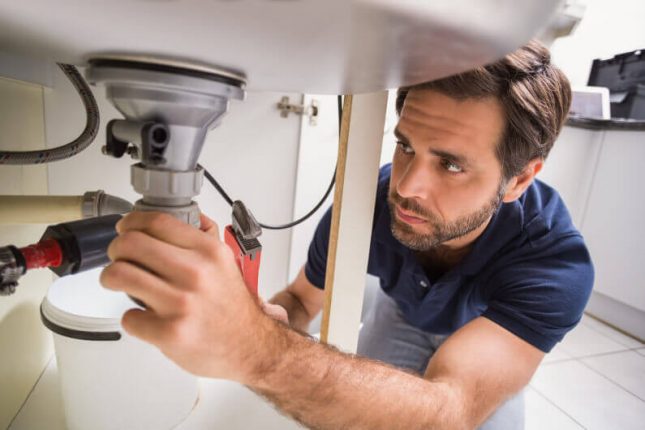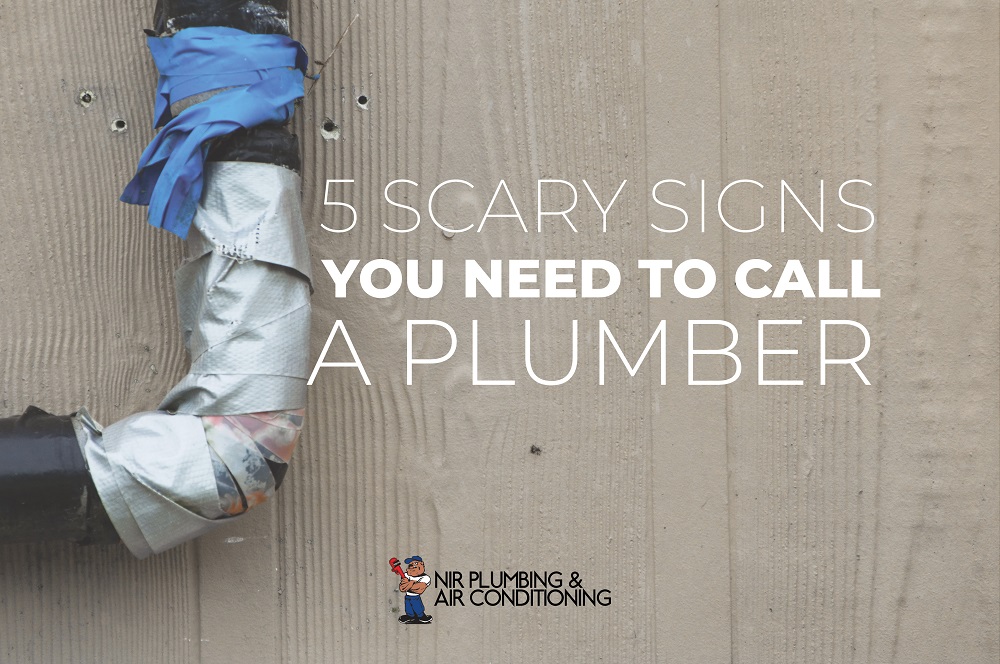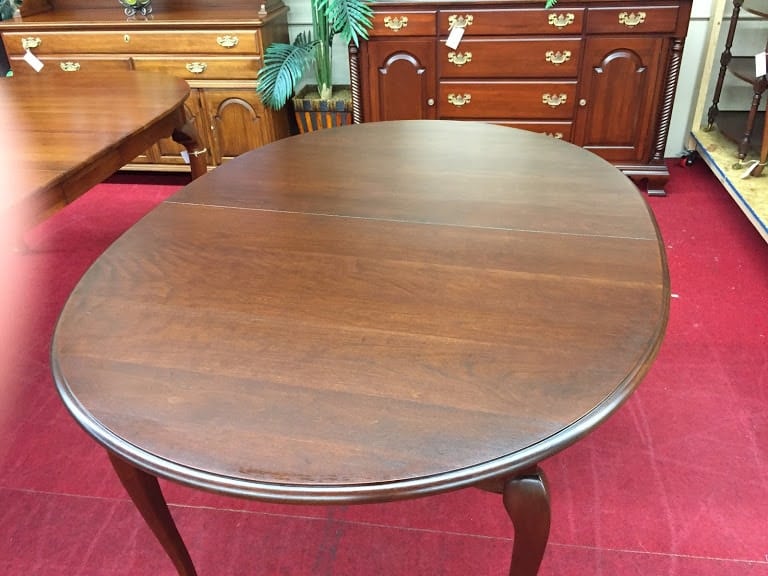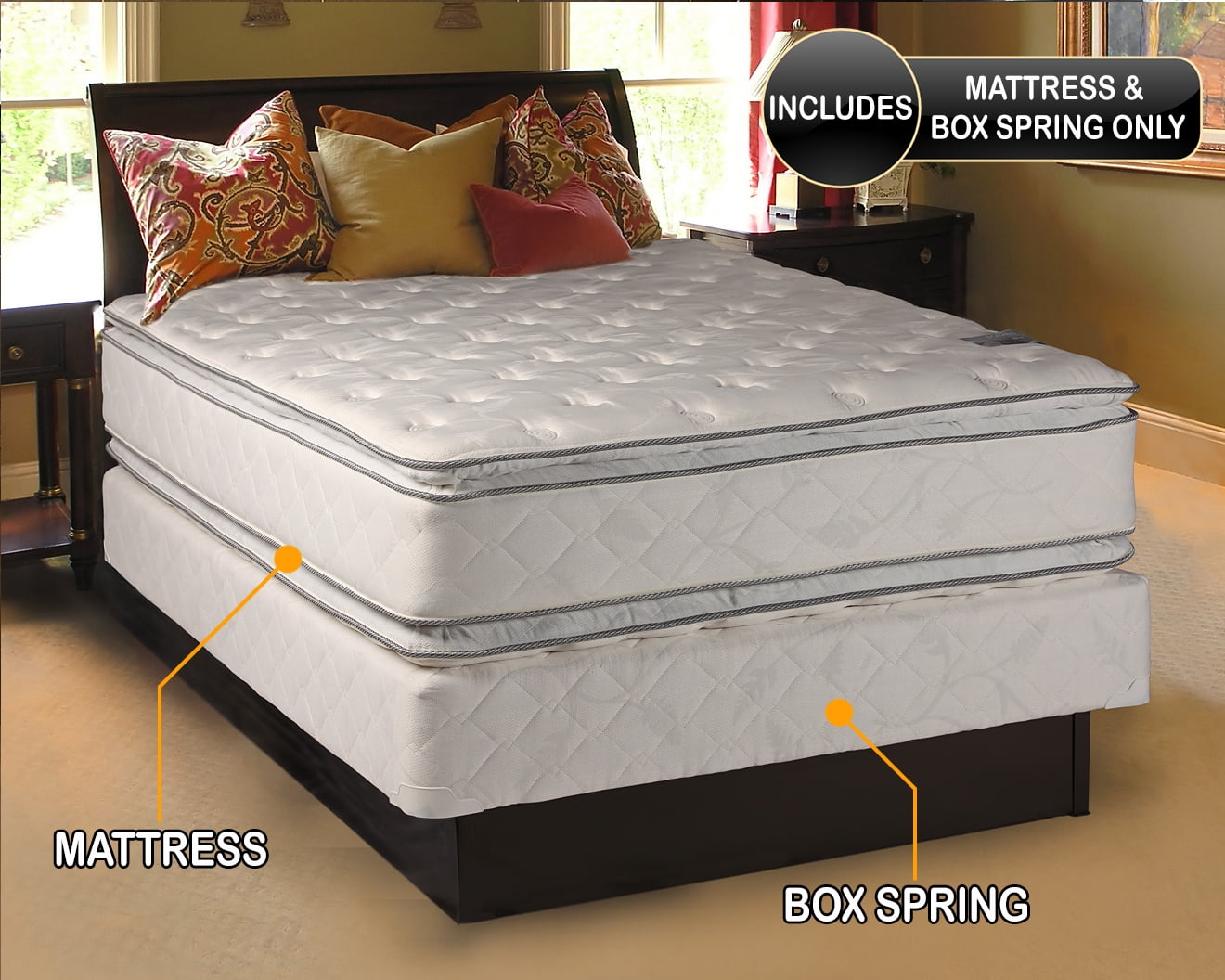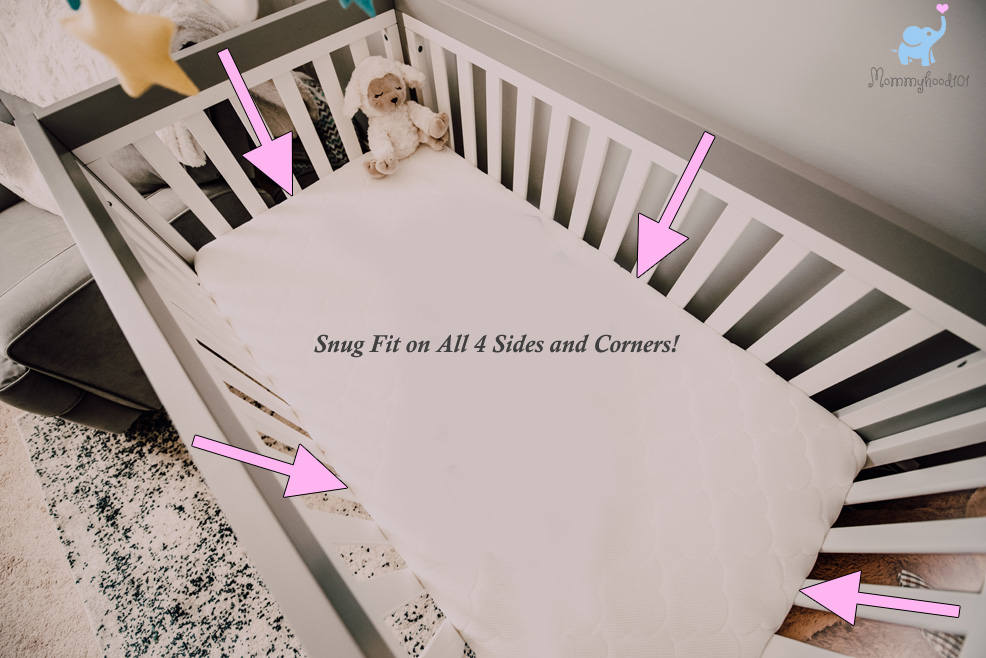If you're experiencing low water pressure in your Glacier Bay kitchen sink, the first thing you should check is the aerator. This small device is located at the end of your faucet and is responsible for controlling the flow of water. Over time, it can become clogged with sediment, mineral deposits, and other debris, which can restrict the flow of water and cause low water pressure. To check the aerator, simply unscrew it from the faucet and inspect it for any buildup. If you see any, use a toothbrush or a small brush to gently scrub away the debris. You can also soak the aerator in a mixture of equal parts water and vinegar to help dissolve any stubborn buildup.1. Check the Aerator
Aside from the aerator, the faucet itself may also be causing low water pressure in your Glacier Bay kitchen sink. Over time, mineral deposits and other debris can build up inside the faucet, obstructing the flow of water. To clean the faucet, start by turning off the water supply and unscrewing the faucet head from the base. Soak the faucet head in a mixture of equal parts water and vinegar, or use a commercial faucet cleaner, to help dissolve any buildup. You can also use a small brush to scrub away any debris. Once clean, reattach the faucet head and turn the water supply back on to see if the water pressure has improved.2. Clean the Faucet
If you've checked the aerator and cleaned the faucet, but are still experiencing low water pressure, the issue may be with your water supply. Check to make sure that the main water supply valve is fully open and that there are no kinks or obstructions in the supply line. You should also check with your local water company to see if there are any known issues or maintenance work being done on the water supply in your area. If there are, this could be the cause of your low water pressure and it should improve once the work is completed.3. Check the Water Supply
If your Glacier Bay kitchen sink has separate shut-off valves for the hot and cold water lines, make sure that they are both fully open. If one of the valves is partially closed, it can restrict the flow of water and cause low water pressure. You should also check the valves for any leaks or damage, as this can also contribute to low water pressure. If you notice any issues, it's best to replace the valves to ensure proper water flow to your kitchen sink.4. Check the Shut-Off Valves
Your home may have a water pressure regulator, which is responsible for maintaining a consistent water pressure throughout your plumbing system. If this regulator is malfunctioning or set too low, it can cause low water pressure in your Glacier Bay kitchen sink. To check the water pressure regulator, you will need a pressure gauge. Attach the gauge to an outdoor faucet and turn on the water. If the pressure reads below 40-45 psi, you may need to adjust or replace your water pressure regulator. It's best to consult a professional plumber for this task.5. Check the Water Pressure Regulator
If the above solutions have not improved the water pressure in your Glacier Bay kitchen sink, there may be a clog somewhere in the pipes. This can be caused by a buildup of debris, grease, or even tree roots in the main sewer line. A clog can restrict the flow of water and cause low water pressure in your sink. You can try using a plunger or a plumbing snake to clear the clog, but if you're not comfortable doing so, it's best to call a professional plumber. They will have the necessary tools and expertise to safely and effectively remove any clogs in your plumbing system.6. Check for Clogs in the Pipes
If you're experiencing low water pressure in your Glacier Bay kitchen sink, it's important to check the water pressure in other fixtures throughout your home. If the water pressure is low in all fixtures, the issue may be with your main water supply or a clog in your main sewer line. However, if the water pressure is only low in your kitchen sink, the issue is likely isolated to that specific fixture and can be resolved by following the above solutions.7. Check the Water Pressure in Other Fixtures
If your Glacier Bay kitchen sink faucet is old or damaged, it may be time for a replacement. Over time, faucets can wear out and become less efficient at controlling the flow of water, resulting in low water pressure. Investing in a new faucet can not only improve the water pressure in your kitchen sink, but also update the look and functionality of your space. Make sure to choose a high-quality faucet that is compatible with your sink and plumbing system.8. Replace the Faucet
Leaks are a common cause of low water pressure in any plumbing fixture, including your Glacier Bay kitchen sink. Even a small leak can significantly reduce the water pressure, wasting water and potentially causing damage to your home. To check for leaks, inspect all visible pipes under your sink for any signs of water or moisture. You should also check the faucet for any leaks or drips. If you notice any leaks, it's important to fix them as soon as possible to restore proper water pressure and prevent further damage.9. Check for Leaks
If you've tried all of the above solutions and are still experiencing low water pressure in your Glacier Bay kitchen sink, it's time to call a professional plumber. They will have the expertise and tools to properly diagnose and resolve any underlying issues that may be causing the low water pressure. It's important to address low water pressure as soon as possible, as it can indicate a larger plumbing issue that may lead to more serious problems down the road. By taking the necessary steps to identify and resolve the issue, you can ensure that your kitchen sink has proper water pressure for all your daily tasks.10. Call a Plumber
Why Low Water Pressure in Your Glacier Bay Kitchen Sink May Be a Sign of a Bigger Problem
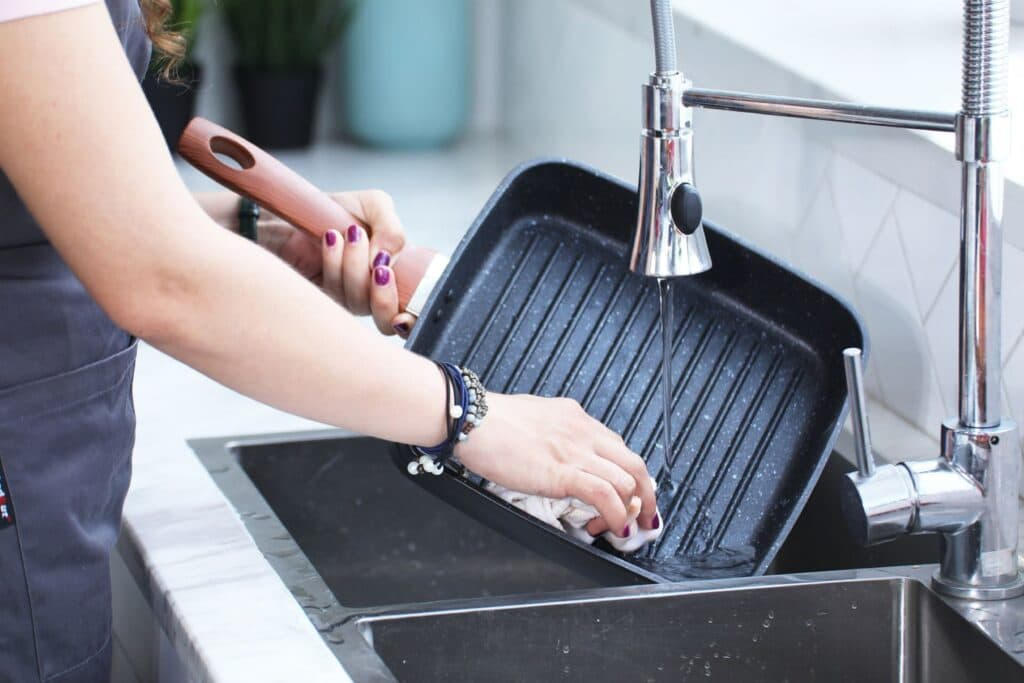
Common Causes of Low Water Pressure
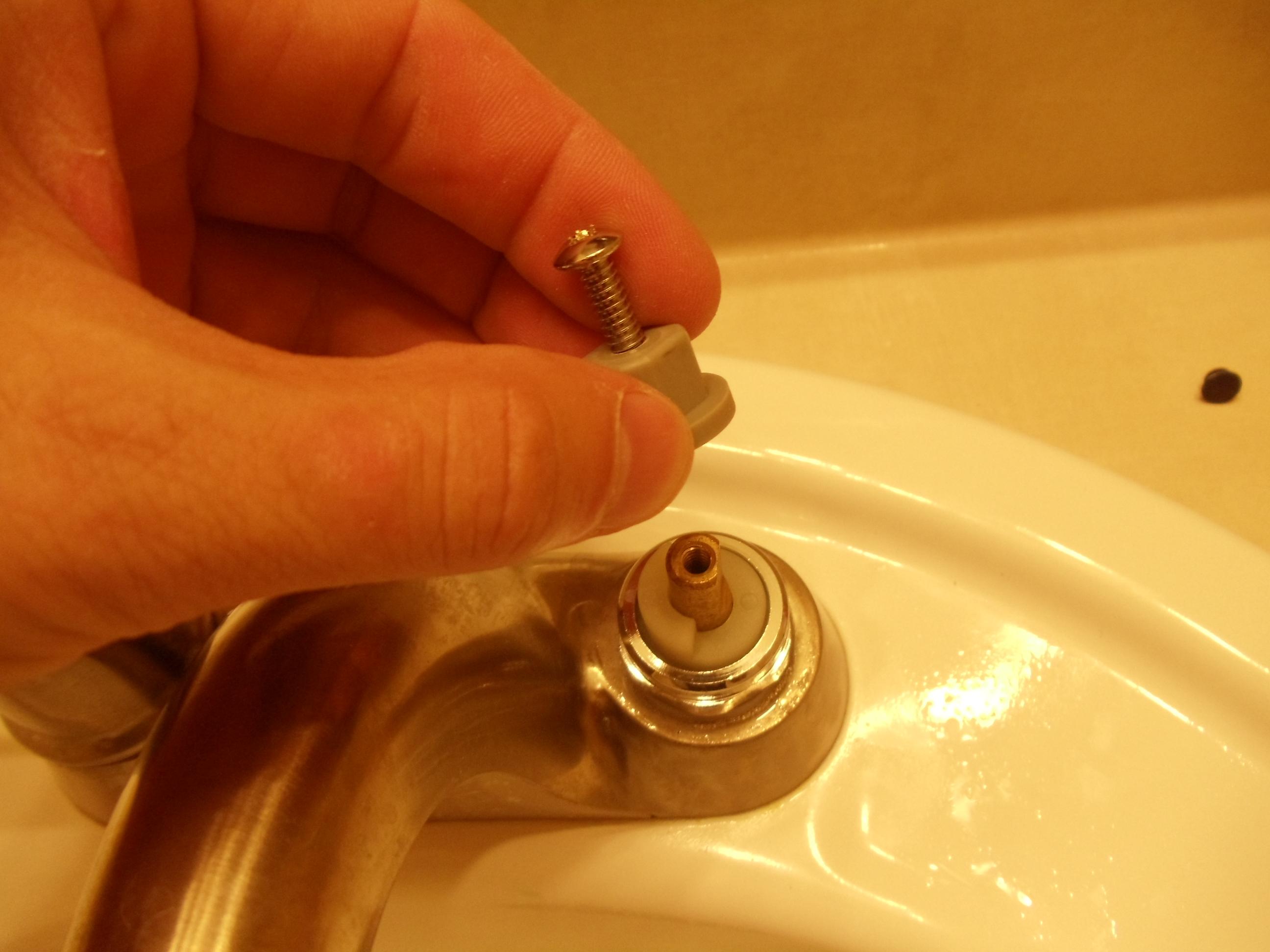 If you have noticed
low water pressure
in your
Glacier Bay kitchen sink
, you may be wondering what could be causing this frustrating issue. There are several potential causes for low water pressure in a kitchen sink, and it's important to pinpoint the exact cause in order to find a solution. Some common causes include clogged pipes, a broken pressure regulator, or a faulty shut-off valve.
If you have noticed
low water pressure
in your
Glacier Bay kitchen sink
, you may be wondering what could be causing this frustrating issue. There are several potential causes for low water pressure in a kitchen sink, and it's important to pinpoint the exact cause in order to find a solution. Some common causes include clogged pipes, a broken pressure regulator, or a faulty shut-off valve.
The Importance of Addressing Low Water Pressure
 While
low water pressure
may seem like a minor inconvenience, it can actually be a sign of a larger problem in your plumbing system. If left untreated, it can lead to more serious issues such as leaks, burst pipes, and potential damage to your home. It's important to address
low water pressure
as soon as possible to prevent any potential damage and ensure the proper functioning of your plumbing system.
While
low water pressure
may seem like a minor inconvenience, it can actually be a sign of a larger problem in your plumbing system. If left untreated, it can lead to more serious issues such as leaks, burst pipes, and potential damage to your home. It's important to address
low water pressure
as soon as possible to prevent any potential damage and ensure the proper functioning of your plumbing system.
The Role of Proper Design in Water Pressure
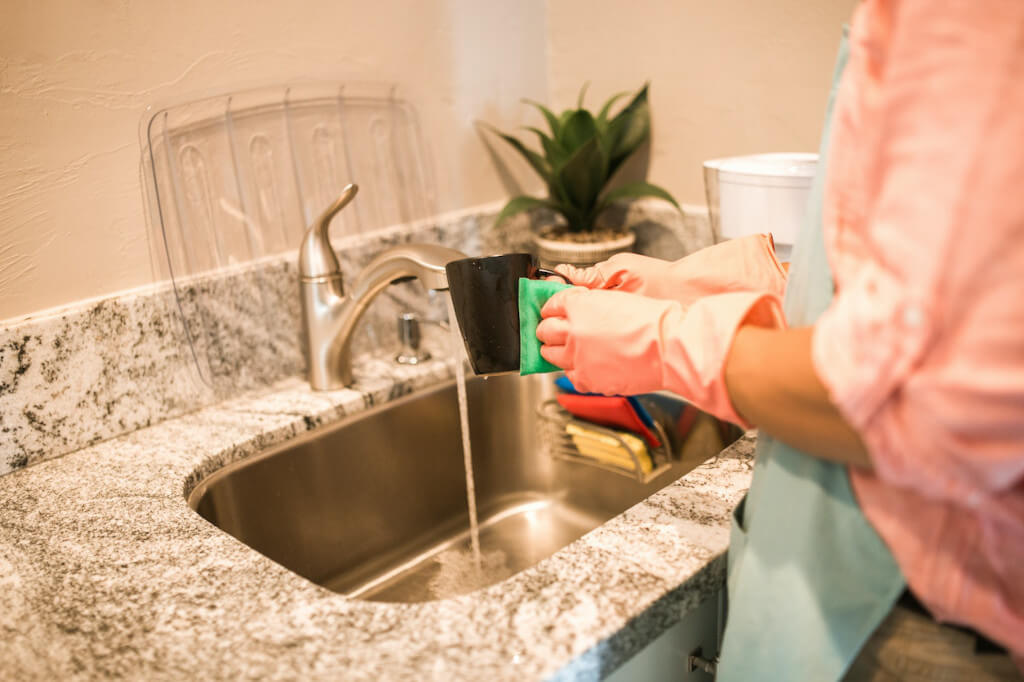 When it comes to
house design
, the
water pressure
in your kitchen sink is an important factor to consider. The layout and design of your plumbing system can greatly impact the water pressure in your home. For example, if there are too many turns or bends in the pipes, it can create resistance and result in
low water pressure
. It's important to work with a professional plumber and consider the design of your plumbing system when building or renovating your home.
When it comes to
house design
, the
water pressure
in your kitchen sink is an important factor to consider. The layout and design of your plumbing system can greatly impact the water pressure in your home. For example, if there are too many turns or bends in the pipes, it can create resistance and result in
low water pressure
. It's important to work with a professional plumber and consider the design of your plumbing system when building or renovating your home.
How to Improve Water Pressure in Your Glacier Bay Kitchen Sink
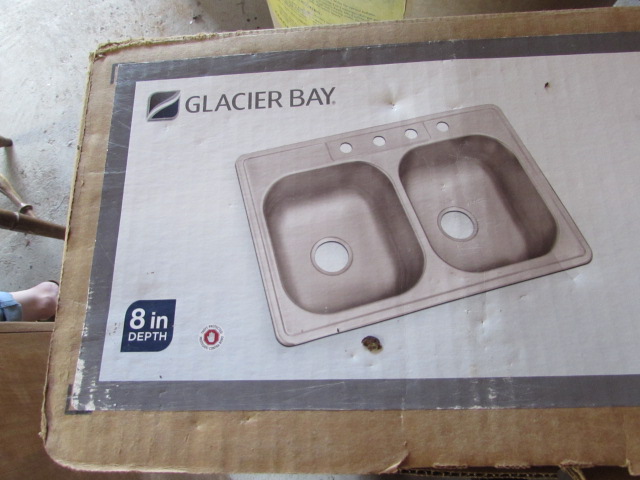 If you are experiencing
low water pressure
in your
Glacier Bay kitchen sink
, there are a few steps you can take to try and improve it. First, check to see if there are any clogs in the pipes or aerator. If so, carefully remove them and clean them out. You can also try adjusting the pressure regulator or replacing it if it is broken. If these solutions do not work, it's best to call a professional plumber to assess the issue and provide a proper solution.
In conclusion,
low water pressure
in your
Glacier Bay kitchen sink
can be a sign of a bigger problem and should not be ignored. By understanding the common causes and the role of proper
house design
, you can take the necessary steps to improve the water pressure in your home and ensure the proper functioning of your plumbing system. Don't hesitate to seek professional help if needed to address and resolve any issues with
low water pressure
.
If you are experiencing
low water pressure
in your
Glacier Bay kitchen sink
, there are a few steps you can take to try and improve it. First, check to see if there are any clogs in the pipes or aerator. If so, carefully remove them and clean them out. You can also try adjusting the pressure regulator or replacing it if it is broken. If these solutions do not work, it's best to call a professional plumber to assess the issue and provide a proper solution.
In conclusion,
low water pressure
in your
Glacier Bay kitchen sink
can be a sign of a bigger problem and should not be ignored. By understanding the common causes and the role of proper
house design
, you can take the necessary steps to improve the water pressure in your home and ensure the proper functioning of your plumbing system. Don't hesitate to seek professional help if needed to address and resolve any issues with
low water pressure
.






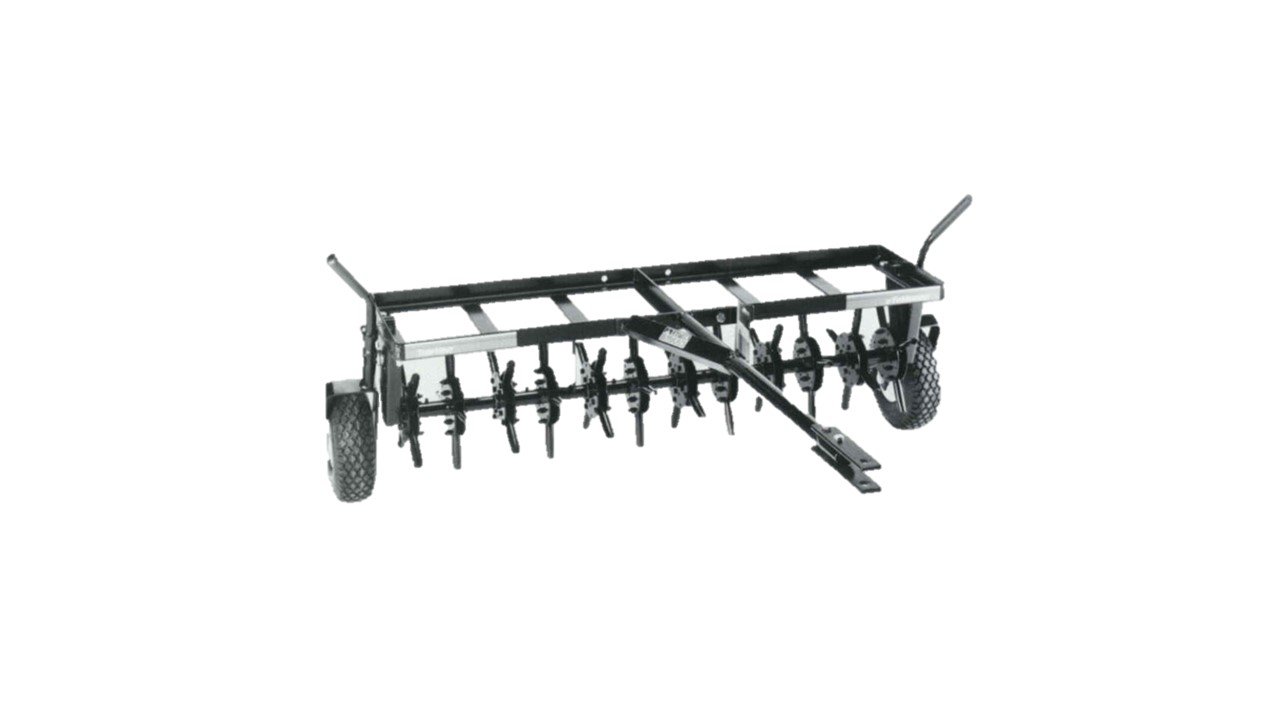

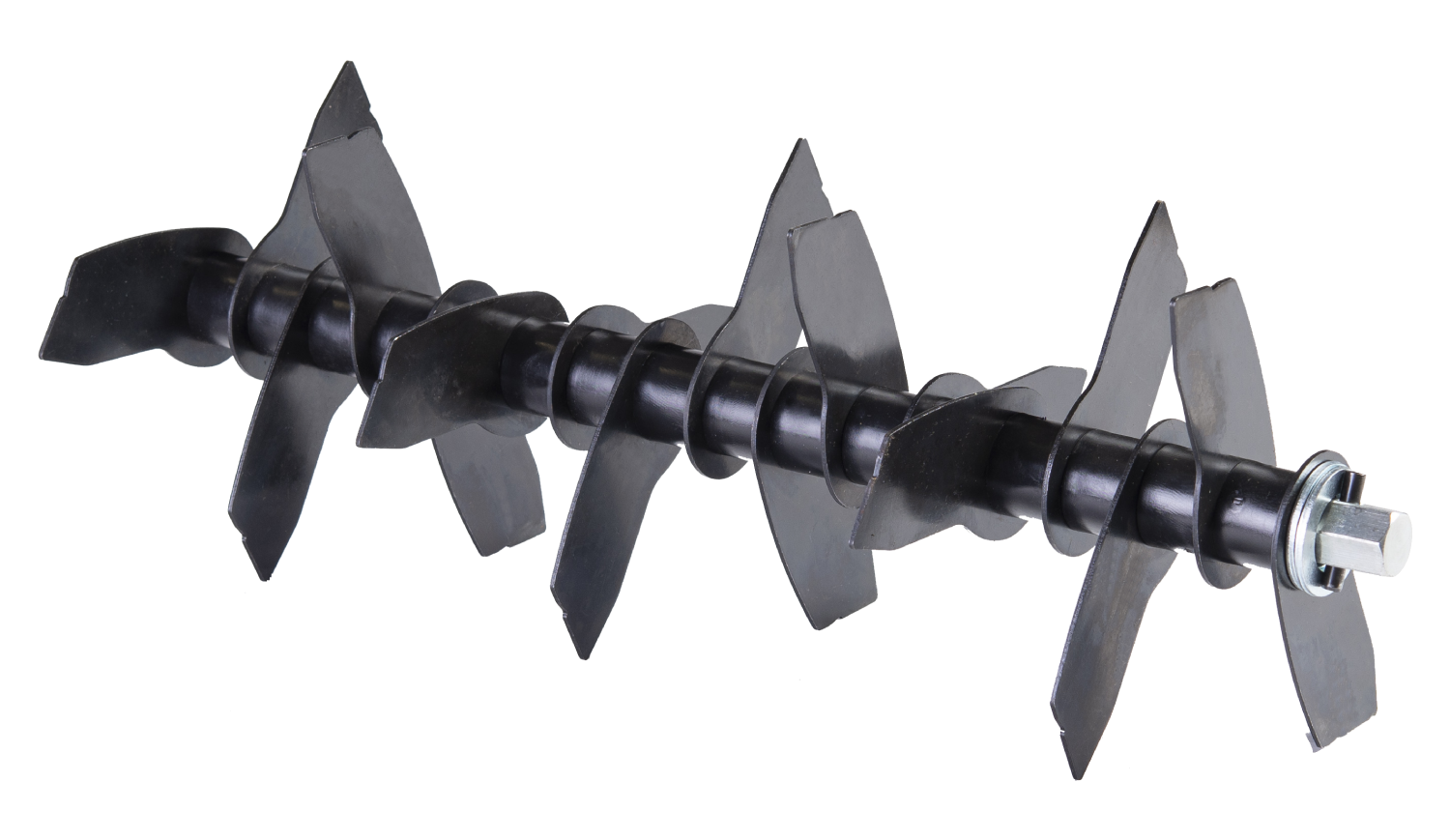






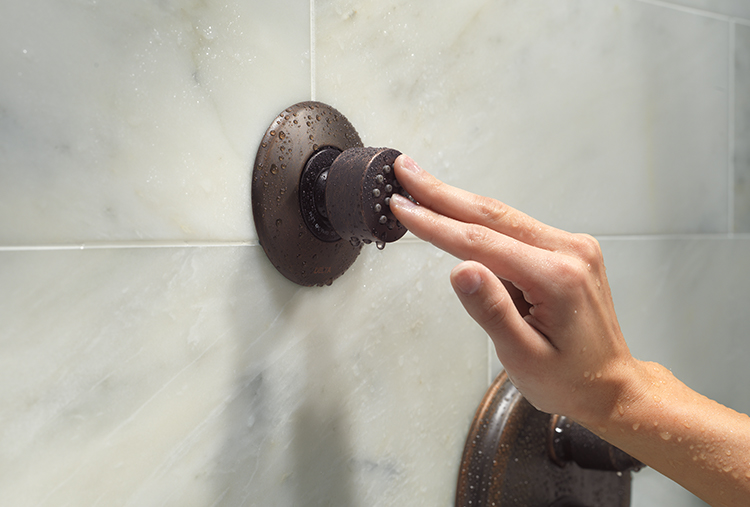



/RemovingAeratorAssembly-99881d30169b43cebc3fe72f6d4b25b9.jpg)


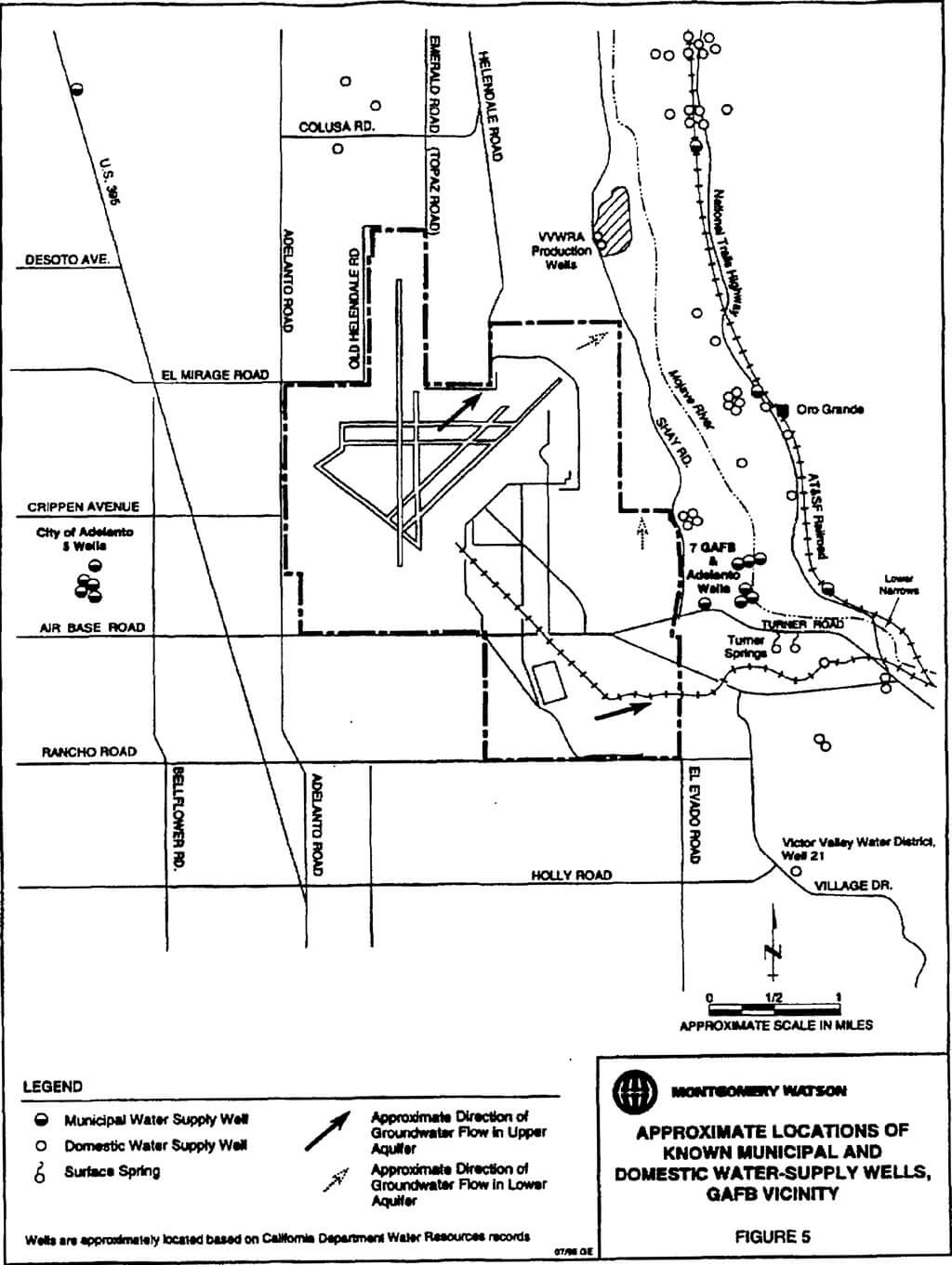

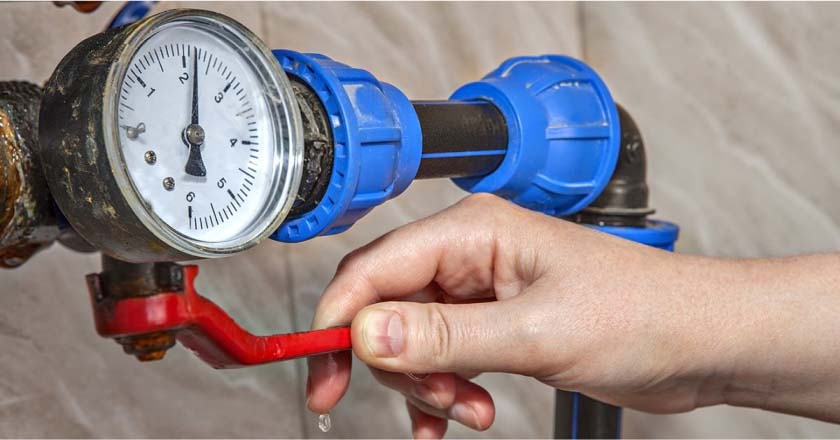
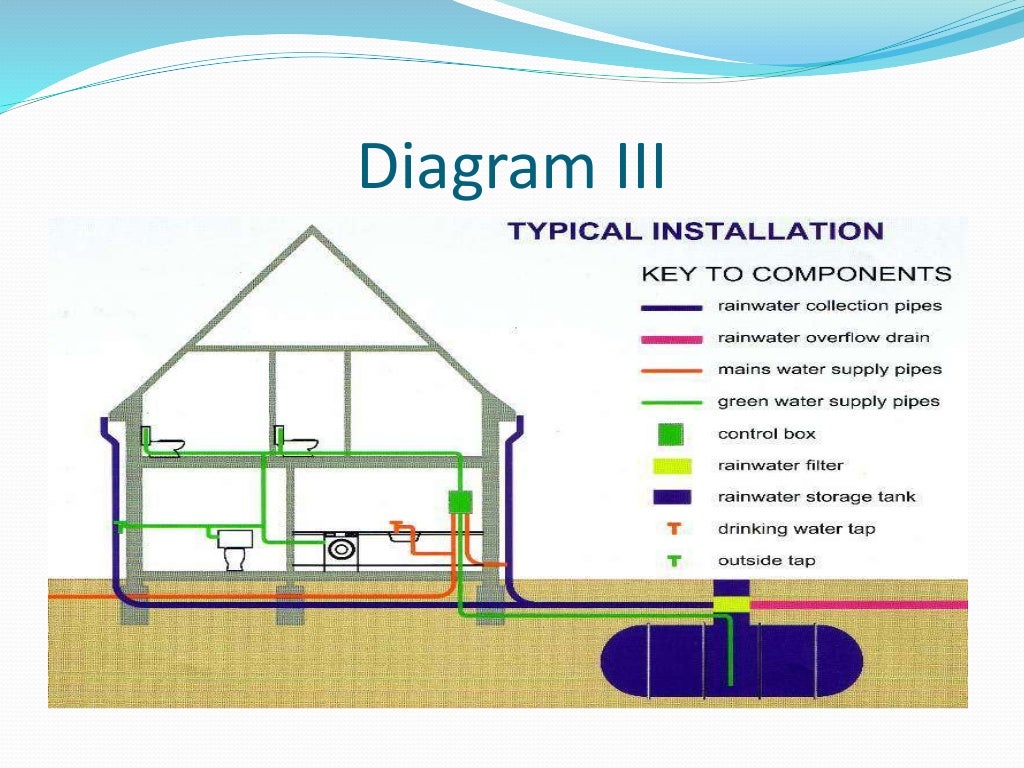


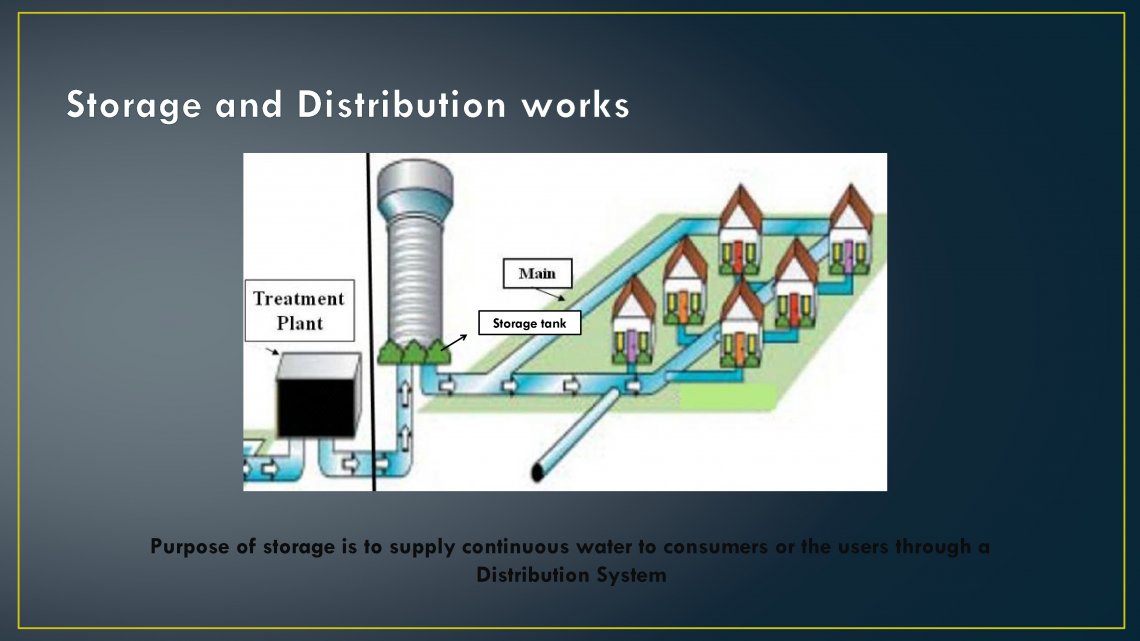
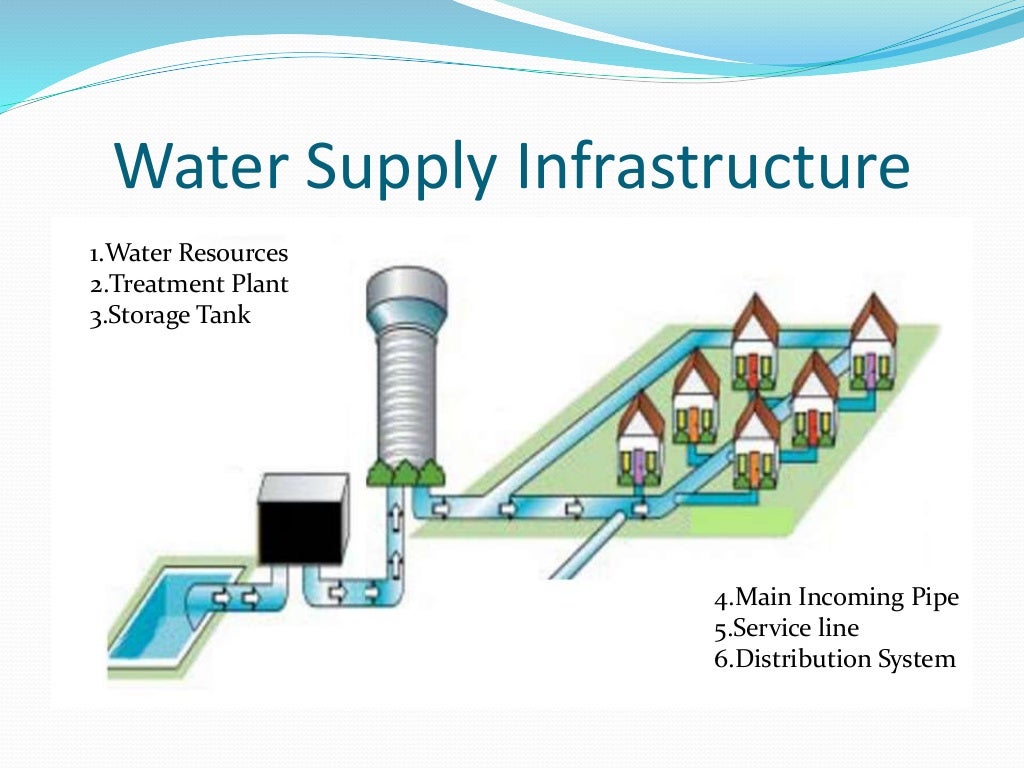
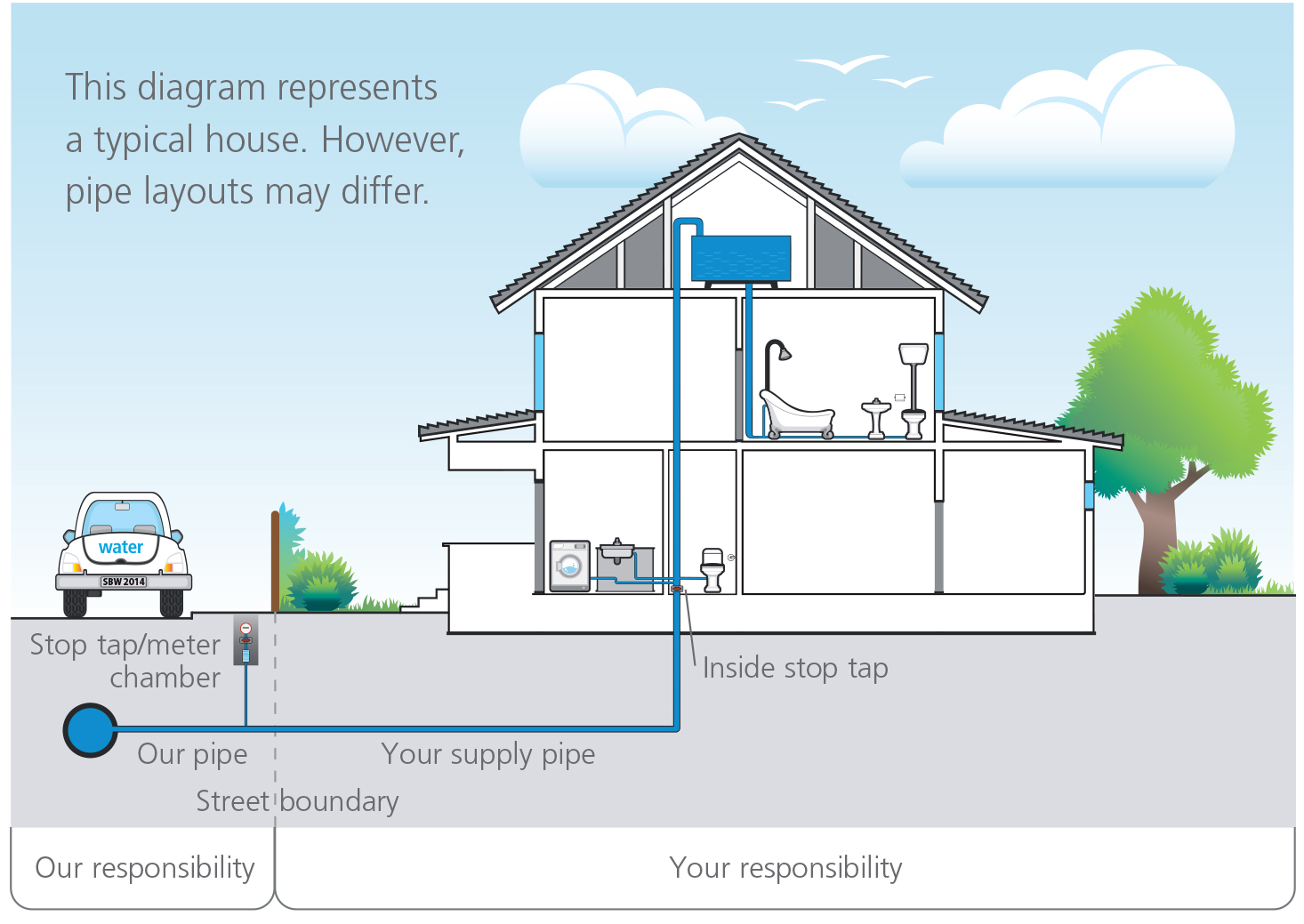

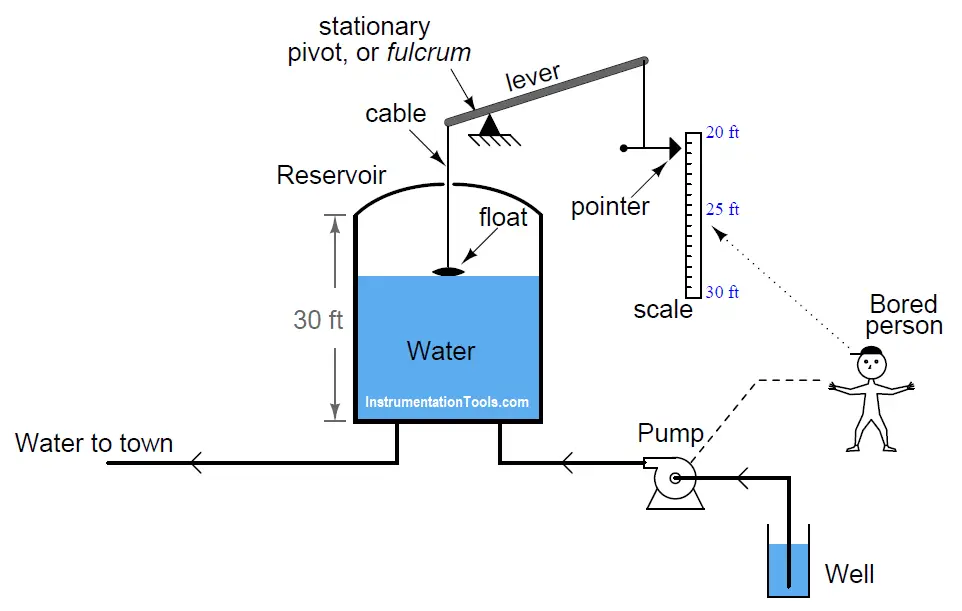




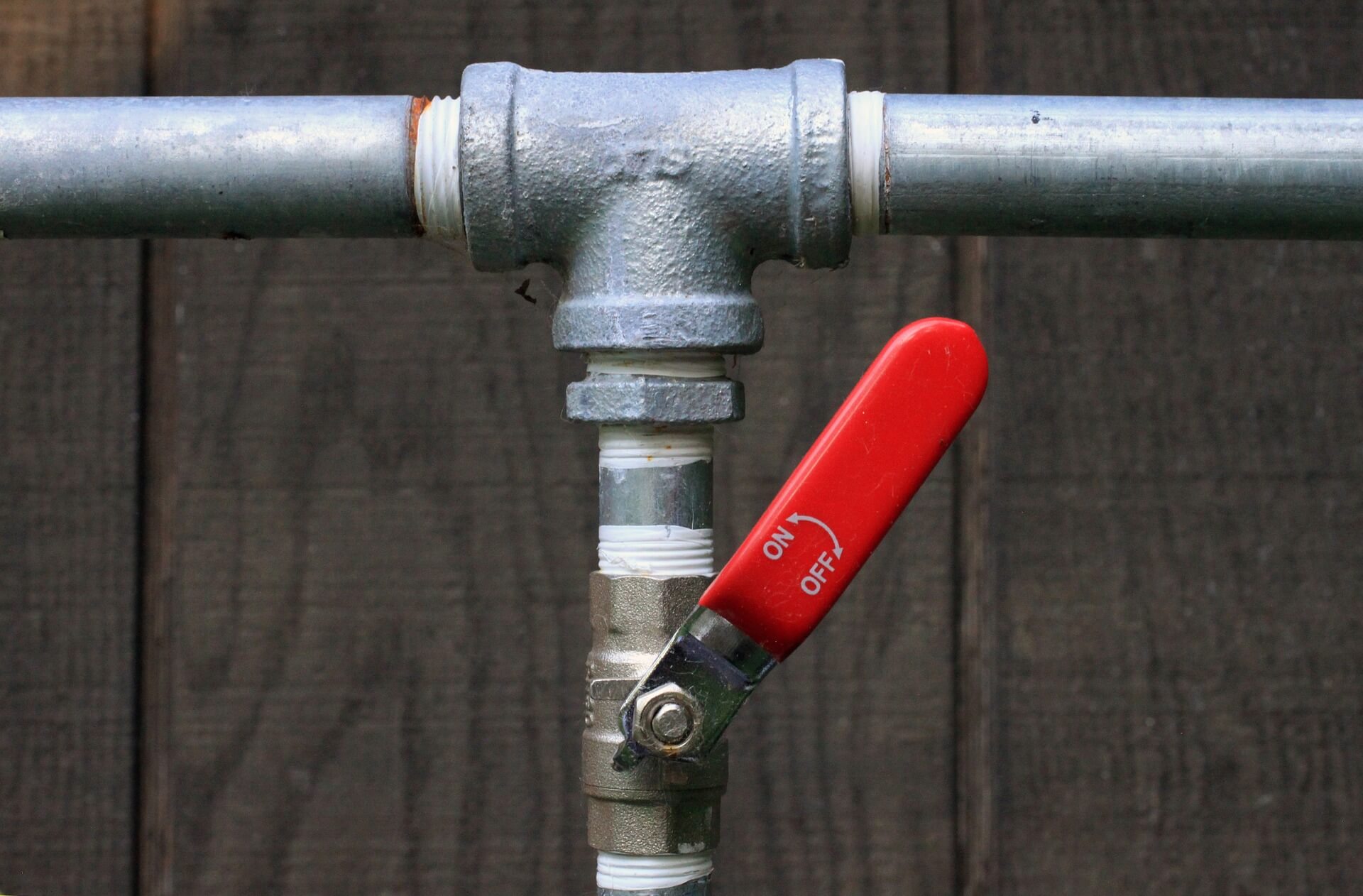





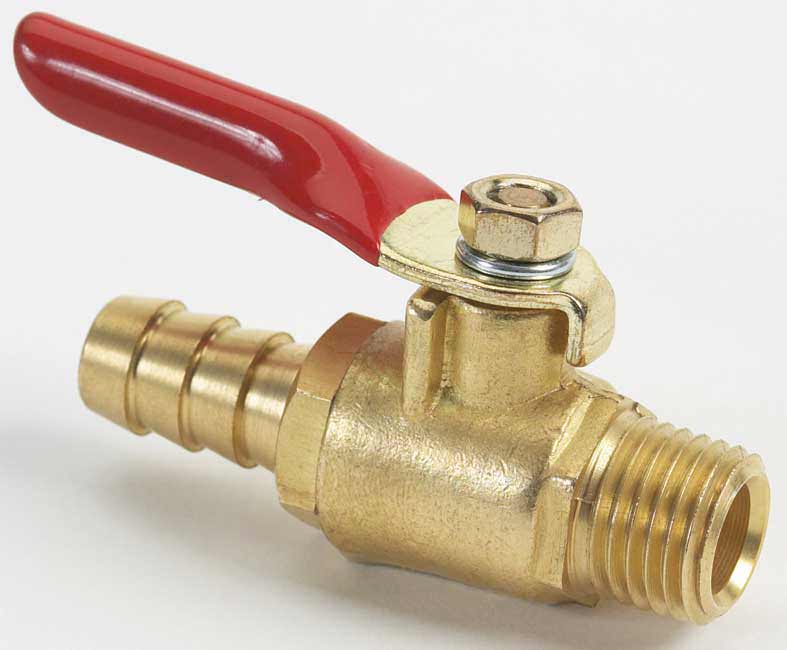

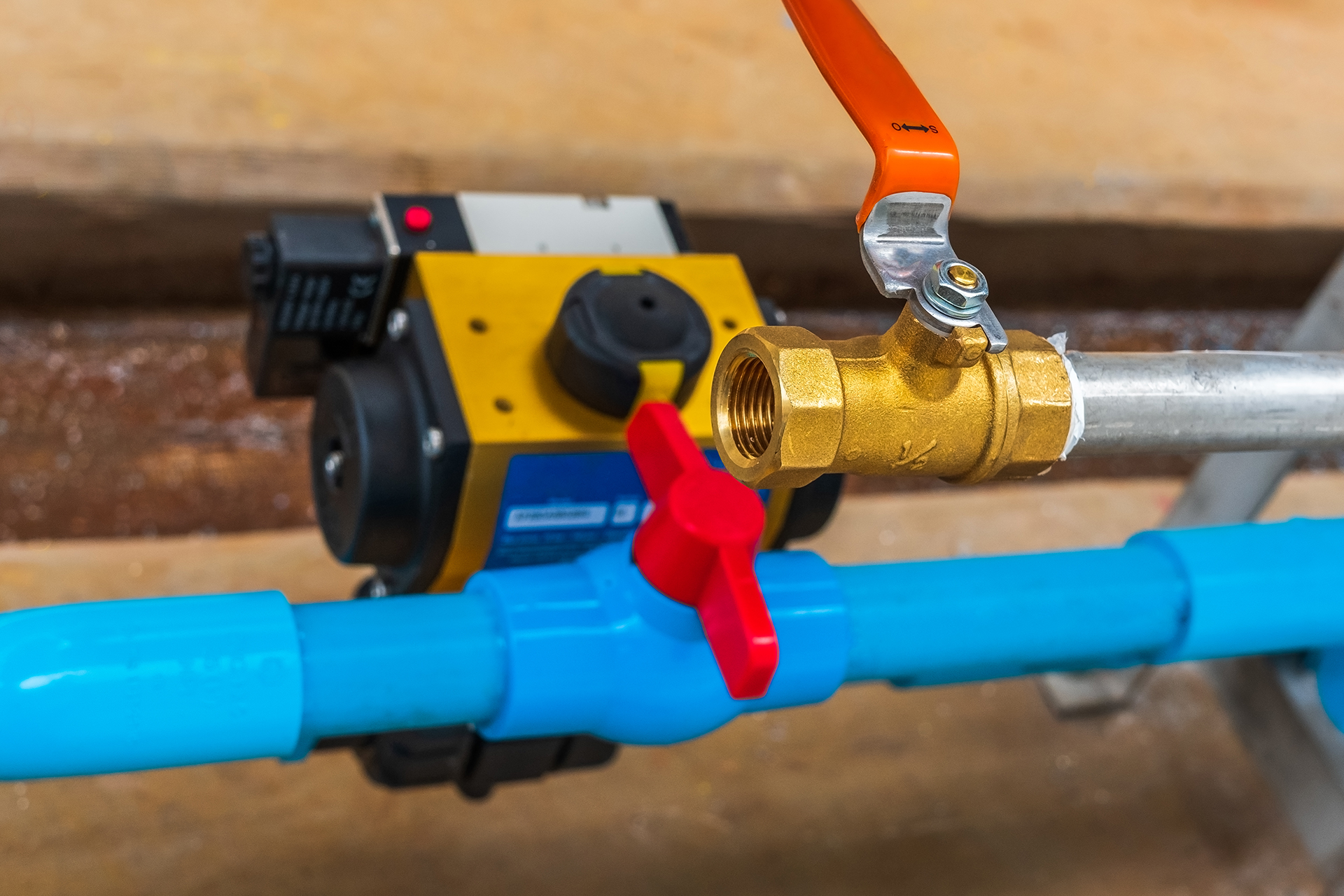

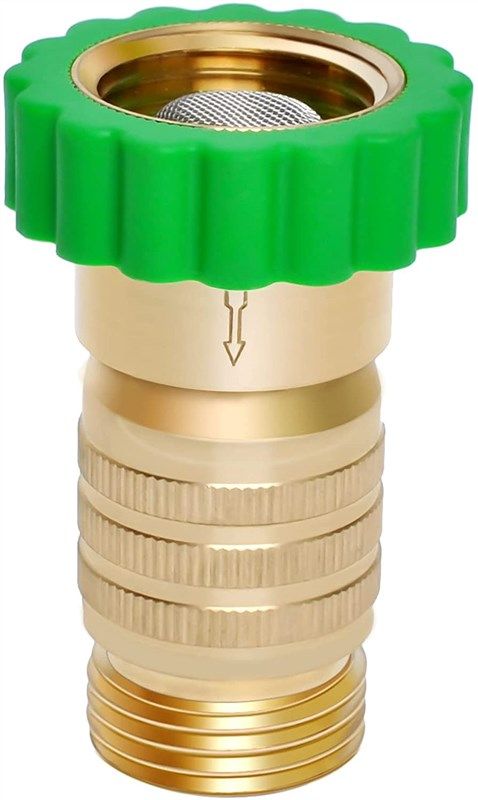


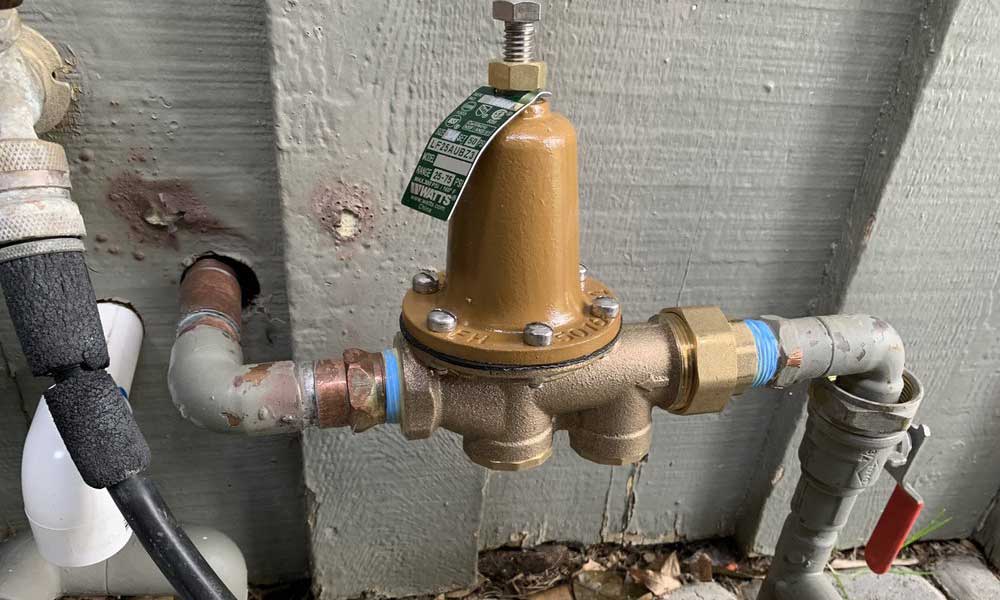
:max_bytes(150000):strip_icc()/the-men-s-hand-opens-the-ball-valve-on-the-collector-1006810456-5c5fc73fc9e77c000159c4af.jpg)

